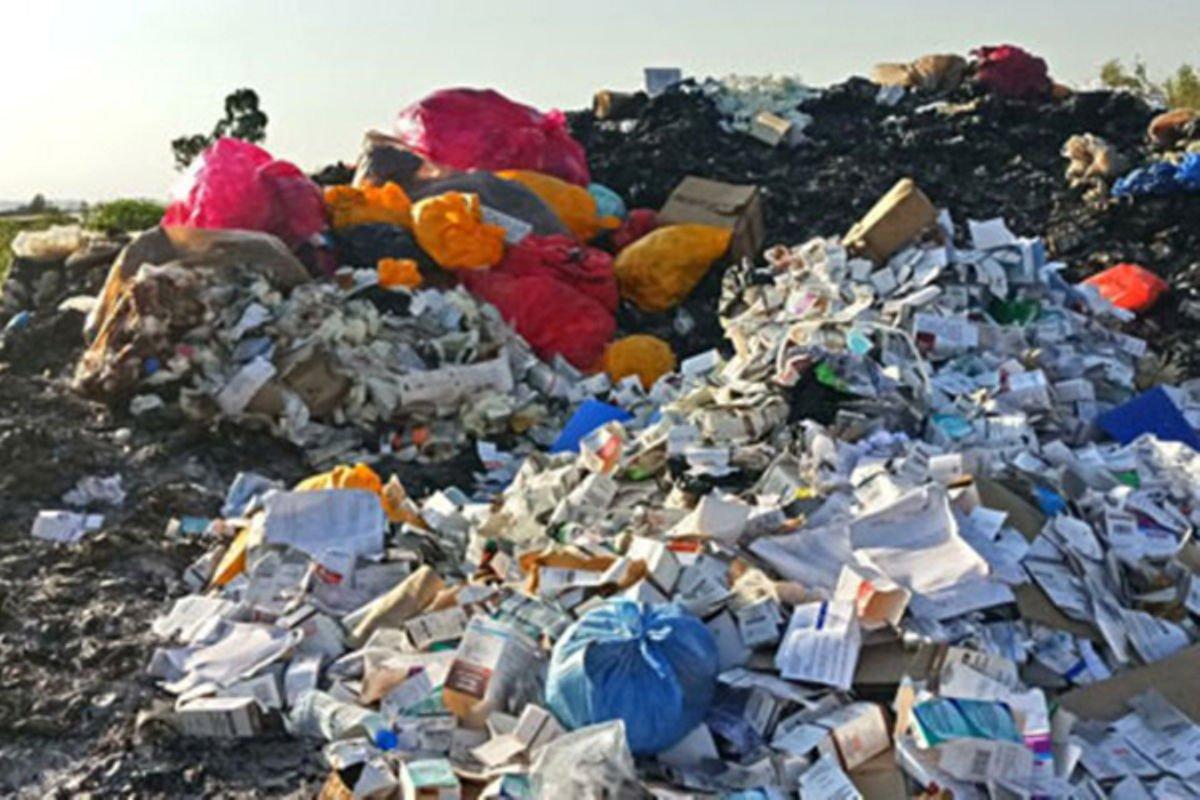Africa-Press – Uganda. Patients and visitors are contracting diseases in hospitals because of poor sanitation, health experts have warned.
They made the revelations during the release of a report on Water, Sanitation and Hygiene (WASH) in hospitals in Kampala yesterday.
The report is based on the research conducted between 2021 and 2022 in 54 health facilities across the country by Engineers without Borders of the United States (EWB-USA), and faith-based Catholic, Protestant and Muslim Medical Bureaus.
According to the report, 24 percent of the health facilities had no sanitation service and as high as 69 percent had limited sanitation, meaning they had facilities that were not fully-functional.
Up to 18 percent of health facilities didn’t have water service and 48 percent had limited handwashing facilities with no soap.
The report further indicates that as high as 39 percent of the 41 health facilities had no waste management facilities, meaning patients and health workers were exposed to infectious wastes.
“Of the 41 health facilities assessed in central, northern and West Nile Sub-regions, 32 percent of the facilities were found to have basic healthcare waste service, 30 percent had limited service and 39 percent had no service at all,” the report reads in part.
Wastes from health facilities include expired medicines, human body parts, blood, swabs and needles. But there is also domestic waste from people who are within the facility.
Mr Moses Kabangi, the assistant commissioner for environmental health services at the Ministry of Health, while commenting on the report, said poor waste management affects the hygiene and sanitation in health facilities.
“Very often, when you go to health facilities, you find swabs and needles thrown all over, this means somebody can get exposed to the infectious agents in the fluid or human blood in those materials. Many medical workers are negligent when it comes to waste management,” he said.
“Some cleaners also carry waste containers with bare hands yet it has infectious agents. Some facilities even don’t have incinerators,” he added.
Mr Peter Nzabanita, the country director of EWB-USA, said the level of sanitation in hospitals is wanting.
“From our findings, there is some progress in access to water to 61 percent. There is also some [improvement] in sanitation although the general level of sanitation is still very poor,” he said.
“I think they don’t have sufficient funds to put in place some of these facilities. In some of the hospitals we went to, waste is collected properly from the departments and it is mixed when they are disposed of,” he added.
The open dumping of medical wastes means the infectious materials are washed by rain to water bodies where unsuspecting people get exposed.
Mr Nzabanita said they focused on Private and Not-for-Profit (PNFP) health facilities, one of the major health service providers in the country. These facilities were not included in earlier research where the WASH situation was assessed in public facilities, according to the Ministry of Health.
Mr Kabangi said although the report on the WASH situation in PNFP is appalling, they are better than public facilities.
“In public facilities, there are health facilities that don’t have WASH facilities. Some of them have facilities that are broken down. For PNFPs, most of the WASH facilities are too old, but they are trying to maintain them.’’
Coverage
Private and Not-for-Profit (PNFP) health facilities make up 14.4 percent of health facilities in Uganda, public facilities (45 percent and private for-profit (40 percent), according to government statistics.
For More News And Analysis About Uganda Follow Africa-Press






